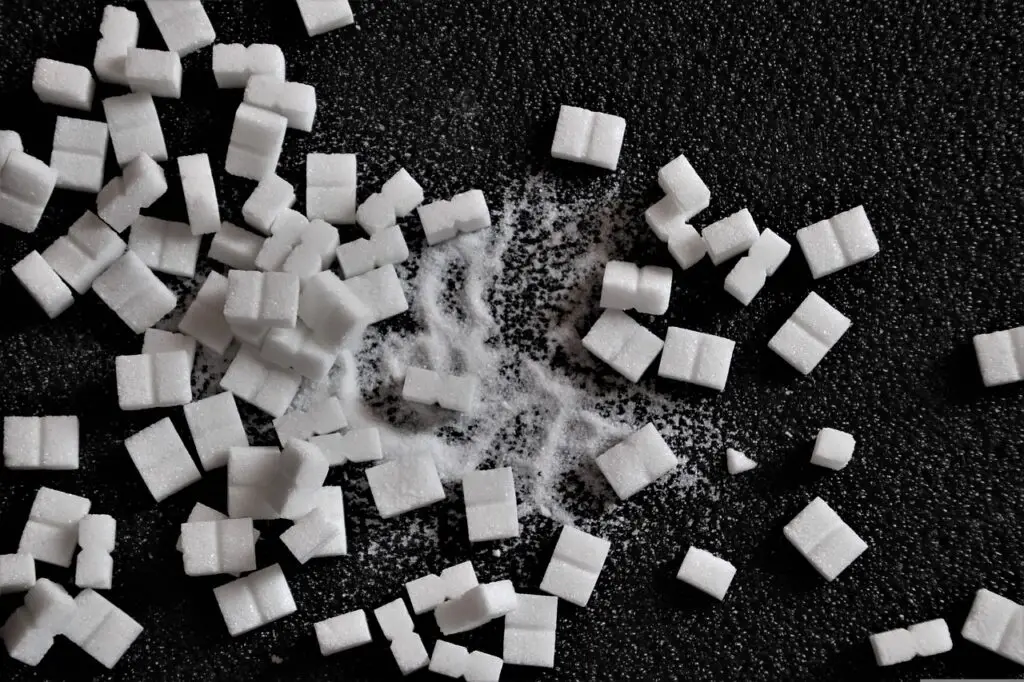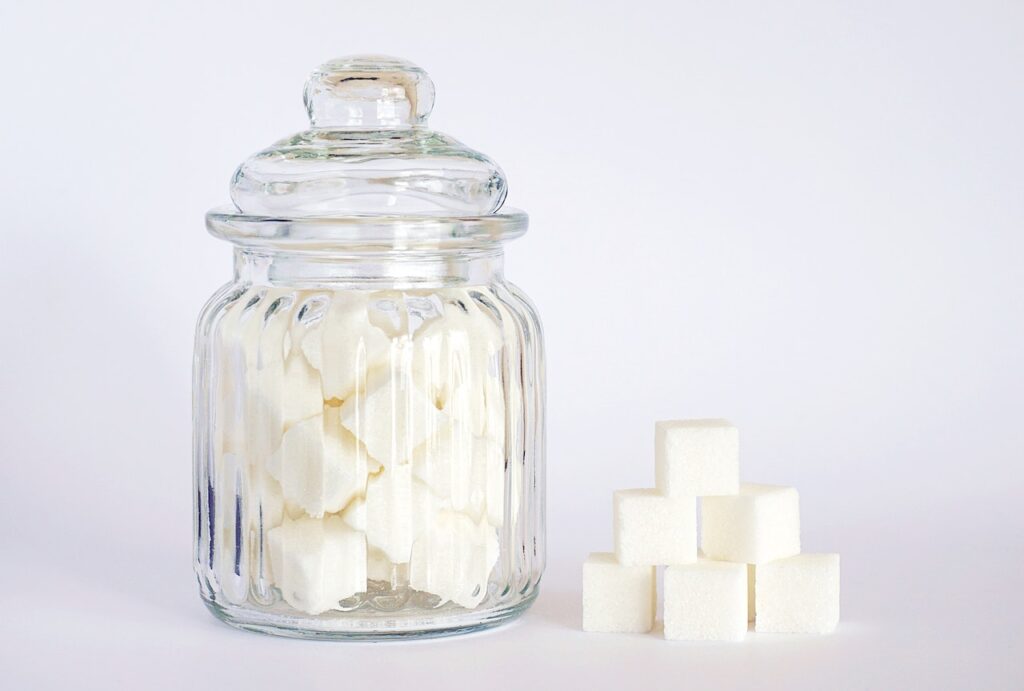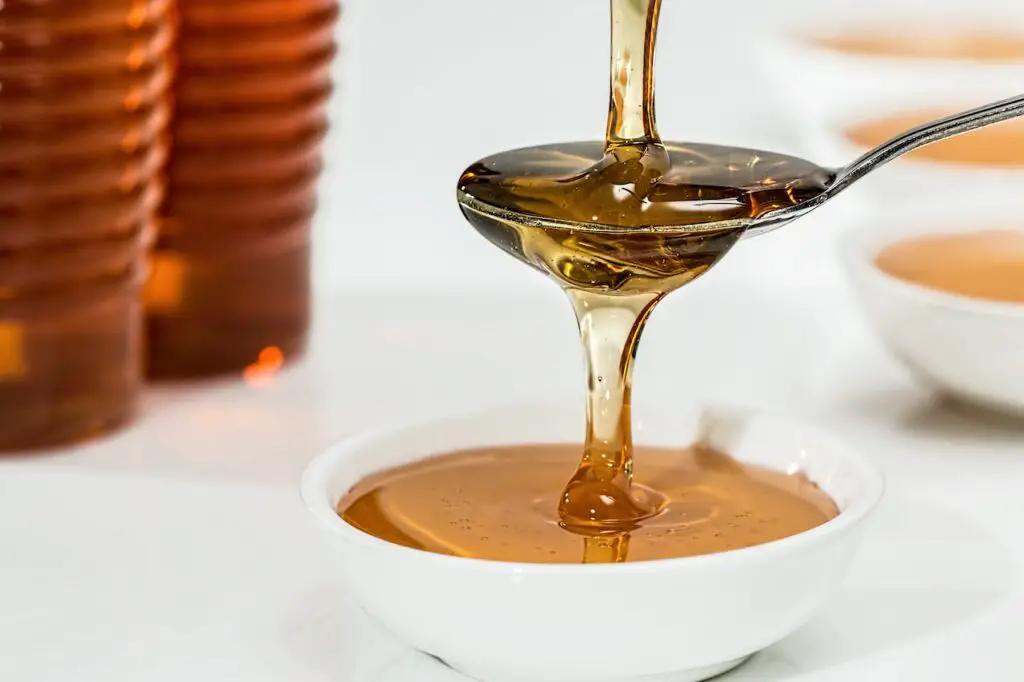If you buy something through a link in our posts, we may get a small share of the sale.
Priming sugar is one of the most important steps in making beer. It’s sugar used to carbonate your beer and give it that bubbly, refreshing taste and mouthfeel. If you are a dedicated brewer, it’s important to understand how to make priming sugar so that your beer tastes great.
Contents
How to Make Priming Sugar
To make a priming sugar, you need to have the sugar source, water, and a source of heat. The sugar source can be corn sugar, malt extract, or white sugar. The water should be distilled or reverse osmosis water because you don’t want any off flavors in your final product. The heat source can be a stovetop, microwave, or kettle.

The first step is to dissolve the sugar you have chosen in the water. You can use 3/4 to 1 cup of corn sugar, 2/3 cup white sugar, or 1 and1/4 cup of malt extract for every two cups of water. Heat the dissolved sugar solution until it comes to a boil. Next, let the solution cool for about 15 minutes so that it doesn’t hurt the yeast when you add it.
The next step is gently pouring the solution into a sanitized carboy or bottling bucket. This is where the carbonation of your beer will take place, so it’s important to ensure everything is clean and sterile. Next, use a siphon to transfer your beer from the fermenter to the carboy or bottling bucket. Let the beer sit for 7-10 days so that the yeast can consume the sugar and carbonate your beer. That’s it!
Step by Step Instructions
Making a priming solution is a vital process that requires attention to have a final product that will be carbonated and delicious. No brewer wants a beer that will turn off most people after the first sip. The entire process is an easy one and doesn’t take long. The following is a step-by-step guide to help you make a great priming solution:
Step 1: Gather Your Supplies
To make your work easier, it is advisable that you have all the required supplies within your reach. This way, you can avoid delays or disruptions that might occur if you have to look for something in the middle of the process. For this recipe, you will need:
- A pot or kettle to help you boil the water
- A funnel for transferring the sugar syrup into the bottles
- 4 oz. of corn sugar or 2/3 cup of dried malt extract or any other sugar available
- A sanitized bottle capper for sealing the bottles
- Sanitized bottles for storing the beer (You can either use new bottles or clean and sanitize the old ones)
- Water for boiling so that you can sanitize everything
Step 2: Dissolve the Sugar
Start by measuring the required amount of sugar, then add it to the boiling water. You can use 3/4 cup of corn sugar, 2/3 cup of white sugar, 1 and1/4 cups of malt extract, or 1 and 1/2 cup of honey for every two cups of water. Use a spoon to stir until the sugar has dissolved.
In most cases, brewers prefer corn sugar because it is cheaper and doesn’t add flavor to the beer. Malt extract, on the other hand, will add some sweetness and body to your beer. Honey is also a good option; however, the price tends to be higher, making it not a favorite for most brewers.
Step 3: Boil the Solution and Allow to Cool
Using your kettle or pot, bring the sugar-water mixture to a boil. This step is crucial because it will help sanitize the syrup and eliminate any bacteria that might be present. In addition, boiling also drives off any excess water, leaving you with a more concentrated syrup.
Once the sugar syrup has come to a boil, allow it to cool for about 15-30 minutes. This is an important step because you don’t want to add hot syrup to your beer as it might damage the yeast. Cooling also makes the syrup more viscous, making it easier to work with.

Step 4: Transfer to a Sanitized Container
Once the syrup has cooled, it is time to transfer it into a sanitized container. This is usually a bottling bucket or carboy. If you are using a bottling bucket, you can gently pour the syrup in. However, if you are using a carboy, use a funnel to transfer the syrup.
Ensure the container is sanitized to avoid contamination and ruining your beer. You can use a no-rinse sanitizer or boil the container for about 10 minutes.
Step 5: Siphon the Beer Into the Container and Seal
Now armed with your priming syrup, it is time to transfer your beer from the fermenter into the container. This is a delicate stage that requires attention to avoid beer spillage exposure, oxygen, or light which might damage the flavor.
You can use a siphon tube or auto-siphon to help you with the transfer. Once the beer is in the container, gently shake or stir to mix the syrup evenly. This will help ensure that every bottle gets an equal amount of priming sugar.
After mixing, use a funnel to transfer the beer into bottles, then seal them using a capper. You can either use screw caps or crown caps.
Step 6: Store in a Cool, Dark Place
The final step is to store your bottles in a cool, dark place for about two weeks. This will give the yeast enough time to eat the sugar and carbonate your beer. After about two weeks, your beer will be ready for consumption.
You can decide to store your beer in a fridge or cellar. A fridge is the best option if you want to drink your beer sooner. However, if you can wait, storing it in a cellar will give your beer a better flavor.

Factors to Consider When Making a Priming Sugar
Before you make a priming syrup, there are factors you need to put into consideration to ensure you get the best results. These include:
- The type of sugar you use: For the best results, use corn or white sugar. These two types of sugar are highly fermentable and will not add any flavor to your beer.
- The amount of sugar you use: It is good to have an optimal amount of sugar in your beer. This is because too much sugar might make your beer overly sweet, while too little might not provide enough carbonation.
- The gravity of your beer: The specific gravity of your beer will determine the amount of priming sugar you need. Beers with a lower gravity will require more sugar than those with higher gravity.
- The temperature: Temperature is a vital factor to consider when making priming sugar. This is because yeast is more active at warmer temperatures and will eat more sugar. As a result, your beer will be more carbonated.
- The type of yeast you use: Different types of yeast have different fermentation rates. As a result, they will require different amounts of priming syrup.
Frequently Asked Questions
What Is Priming Sugar Made Of?
Priming sugar is made of corn sugar, malt extract, white sugar, or honey. All these sugars are fermentable and will help in the carbonation process.
Can You Use Brown Sugar for Priming?
Yes, you can use brown sugar for priming. It has the same amount of fermentable sugars as white sugar. However, it might add a slight flavor to your beer.
Conclusion
Making a priming syrup is a simple process that does not require any special skills. It is a crucial step in bottling as it determines how carbonated your beer will be. With proper care and attention, you can easily make a priming syrup that will carbonate your beer perfectly.

